The evolution of the PlayStation controller: From DualShock to DualSense
Let's take a trip down memory lane and see how Sony's designed its PlayStation controllers.
I've talked before about how the PS5 is a drastic design departure from previous PlayStation consoles, but I've never focused on the DualSense controller, itself a major shakeup to the DualShock line. PlayStation's controllers have all had similar form factors, so much so that the DualShock 2 and 3 are nearly identical. The DualSense is very clearly the odd one out in the family. Let's take a trip down memory lane and see how we got to this point.
Holiday 2020
PlayStation 5
See at Amazon See at Best Buy See at Walmart
Get your hands on it before it sells out
The PS5 isn't available for preorder just yet, but a few retailers are letting fans sign up for notifications so they don't miss out. The DualSense should hopefully make all of its upcoming games more immersive than ever before.
Jump to:
There have been plenty of unreleased PlayStation controllers over the years — I'm sure no one can forget the PS3 boomerang — but for our purposes will stick with the official controllers that released alongside PlayStation consoles. These are the ones we've all come to known as the DualShock lineup, now accompanied by the DualSense, set to launch with the PS5 this holiday.
Original and DualShock
The original PlayStation controller, pictured above on the left, isn't technically a DualShock controller. The name is derived from the two vibration motors found inside the shell, and these weren't introduced until 1997 when Sony released a controller with two analog sticks and rumble technology. This was the very first DualShock controller in all of its wired glory. It has your now iconic face buttons — triangle, square, circle, and X, along with a symmetrical thumbstick layout, a D-pad, Start and Select buttons, triggers (L2, R2), and bumpers (L1, R1). The Analog button that can be seen in the center provides compatibility with the PlayStation Analog Joystick.
DualShock 2
The DualShock 2 is nearly identical to its predecessor with some minor adjustments in the form of thumbstick textures and screws. This would also set the precedent for DualShock controllers to be entirely black when they would release. Under the hood, the technology was improved so that buttons were more pressure-sensitive and precise.
In terms of compatibility, the DualShock 2 can be used natively with both the original PlayStation and PS2 consoles, and the PS3 through the use of third-party peripherals.
DualShock 3
What initially launched with the PS3 was actually called the Sixaxis controller due to its motion sensors, but it did not feature any vibration motors or haptic feedback for fear that these would affect its motion detection. The Sixaxis would eventually be phased out in favor of the DualShock 3, which included the previous rumble technology found in past DualShock's and also kept the motion sensors from the Sixaxis. All of its buttons remain the same, again with greater precision and tactile feedback, except it features a jewel PS button in the center instead of the Analog button.
Unlike previous DualShock controllers, the DualShock 3 is completely wireless through Bluetooth and can be charged via a mini-USB cable.
DualShock 4
Up until the DualSense, the DualShock 4 was the biggest design departure from previous controllers. Not only is the casing more ergonomic, but a touchpad, light bar, and Share button were added, the latter of which would pave the way for instantly sharing content on social media. The touchpad is a versatile button that was severely underutilized, often acting as a glorified menu button for whatever game you're in.
Some games, like Ghost of Tsushima, take advantage of the touchpad's sensors and allow you to perform different actions by swiping in one of four directions across the pad. Its light bar, also underutilized, is primarily used with VR games and can act as a motion detector in games like Until Dawn, where players would need to hold the controller in a certain position to complete actions. The DualShock 4 also included a built-in speaker.
PS5 DualSense
Now the DualSense marks a huge shakeup for PlayStation controllers. Right off the bat, you'll notice its two-tone color scheme and more ergonomic design. Sony put in a lot of work to ensure that the DualSense offers a level of immersion not found in DualShock controllers.
It features haptic feedback and adaptive triggers, allowing players to feel the tension and resistance of their actions in-game, like drawing a bowstring. The DualSense also has textured grips and thumbsticks that make it more comfortable to use over long periods of time. It keeps the touchpad and light bar found on the DualShock 4, but the light bar was moved to wrap around the touchpad on the DualSense. The DualSense is also charged through USB-C.
Holiday 2020
PlayStation 5
See at Amazon See at Best Buy See at Walmart
Get your hands on it before it sells out
The PS5 isn't available for preorder just yet, but a few retailers are letting fans sign up for notifications so they don't miss out. The DualSense should hopefully make all of its upcoming games more immersive than ever before.
source https://www.androidcentral.com/evolution-playstation-controllers-dualshock-dualsense
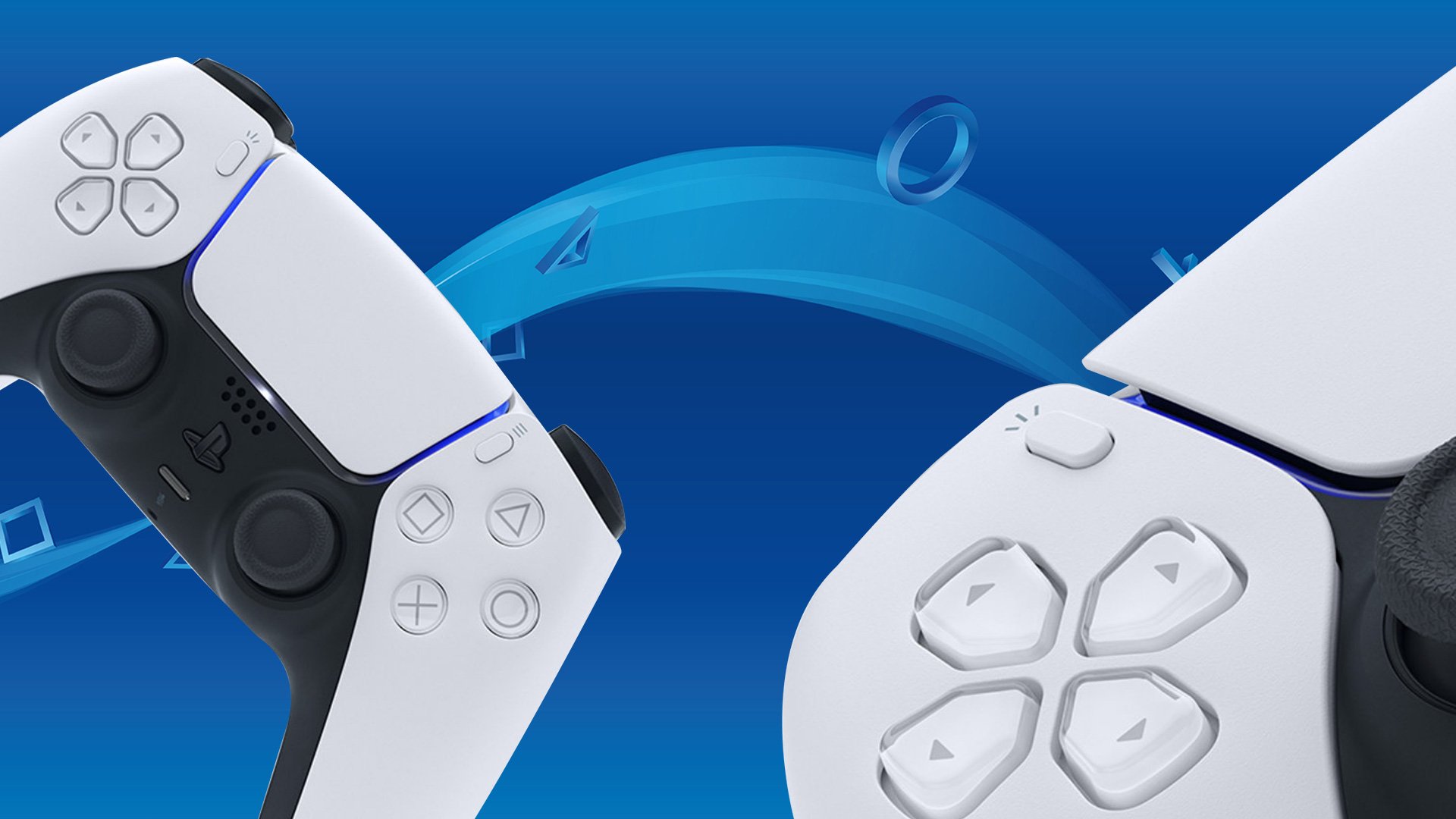


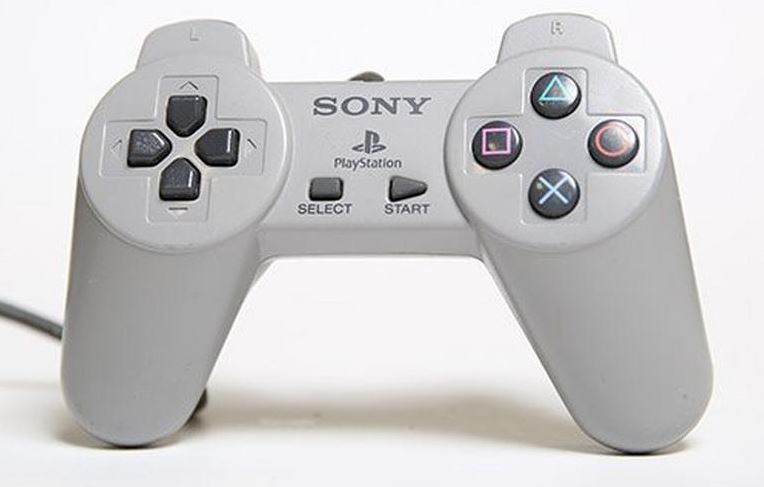
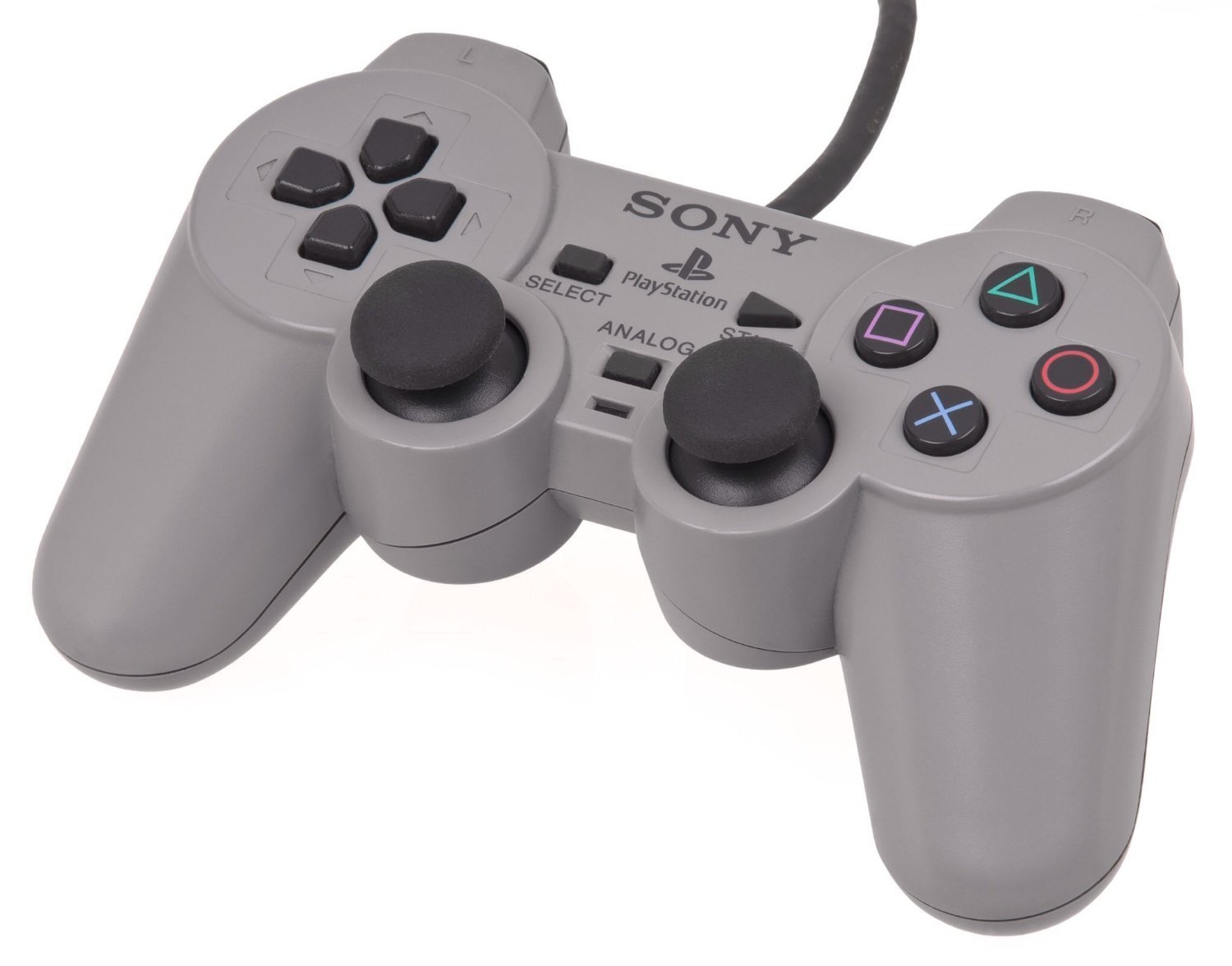
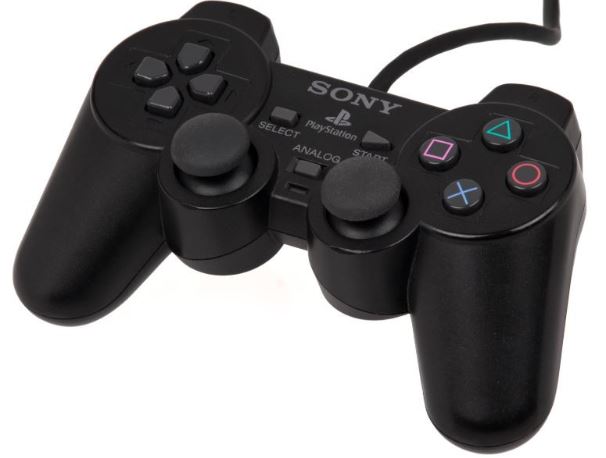
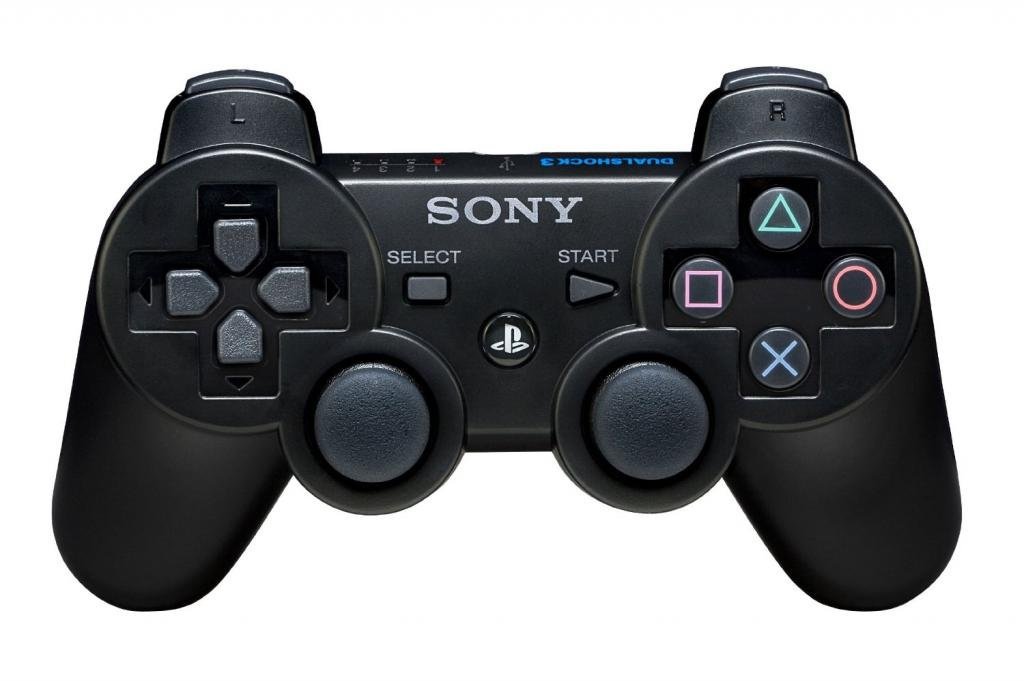
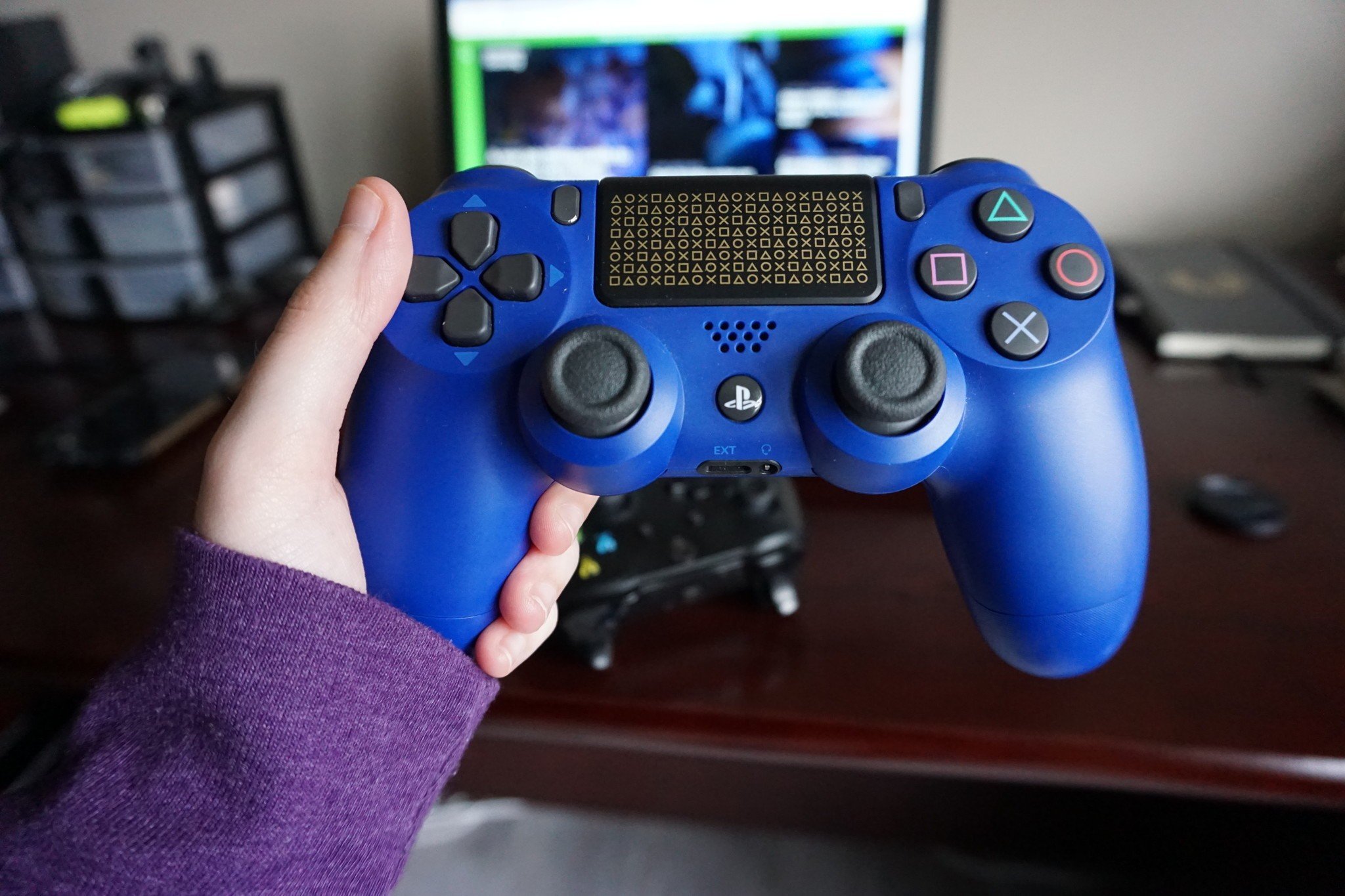
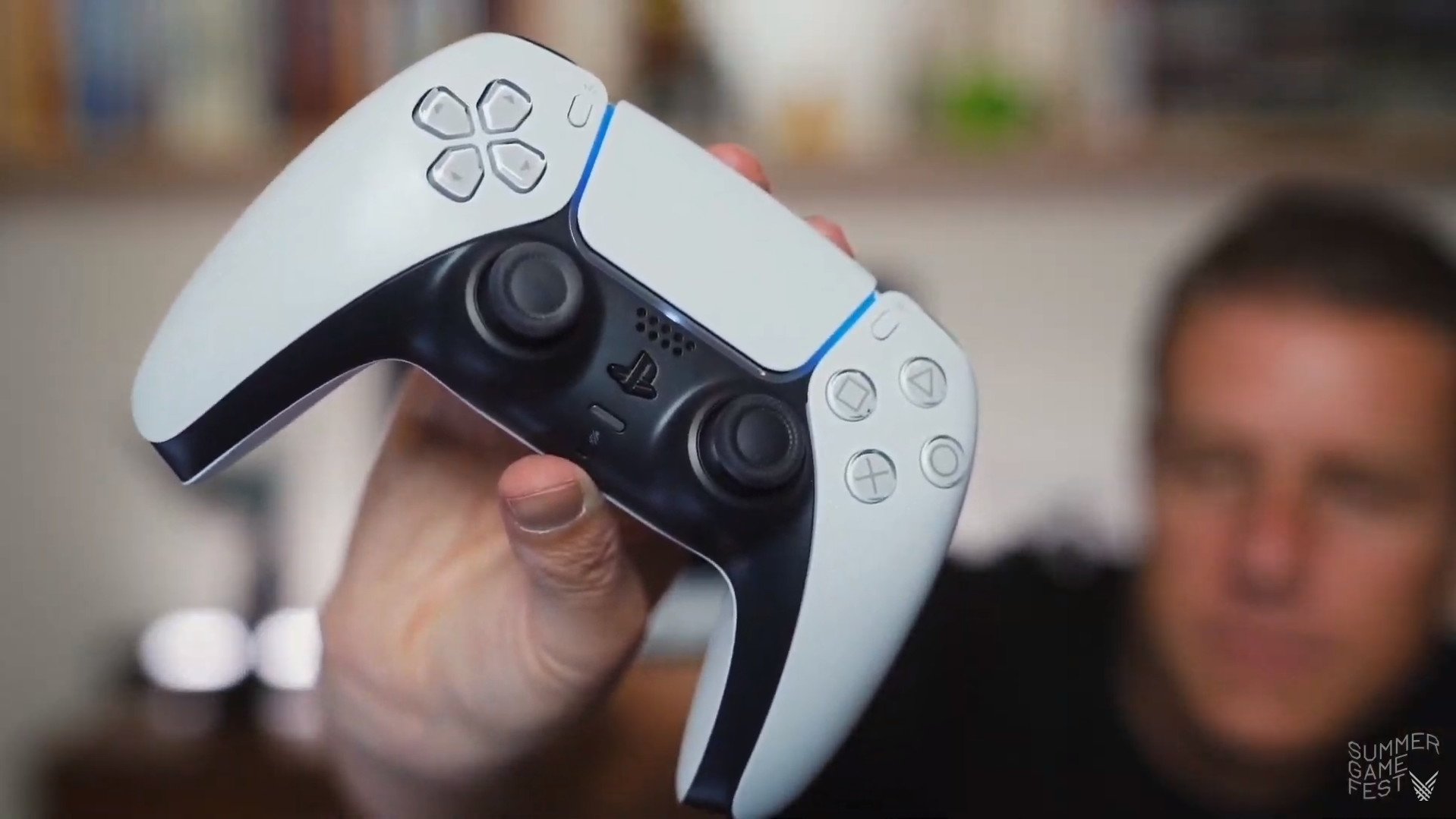

Comments
Post a Comment